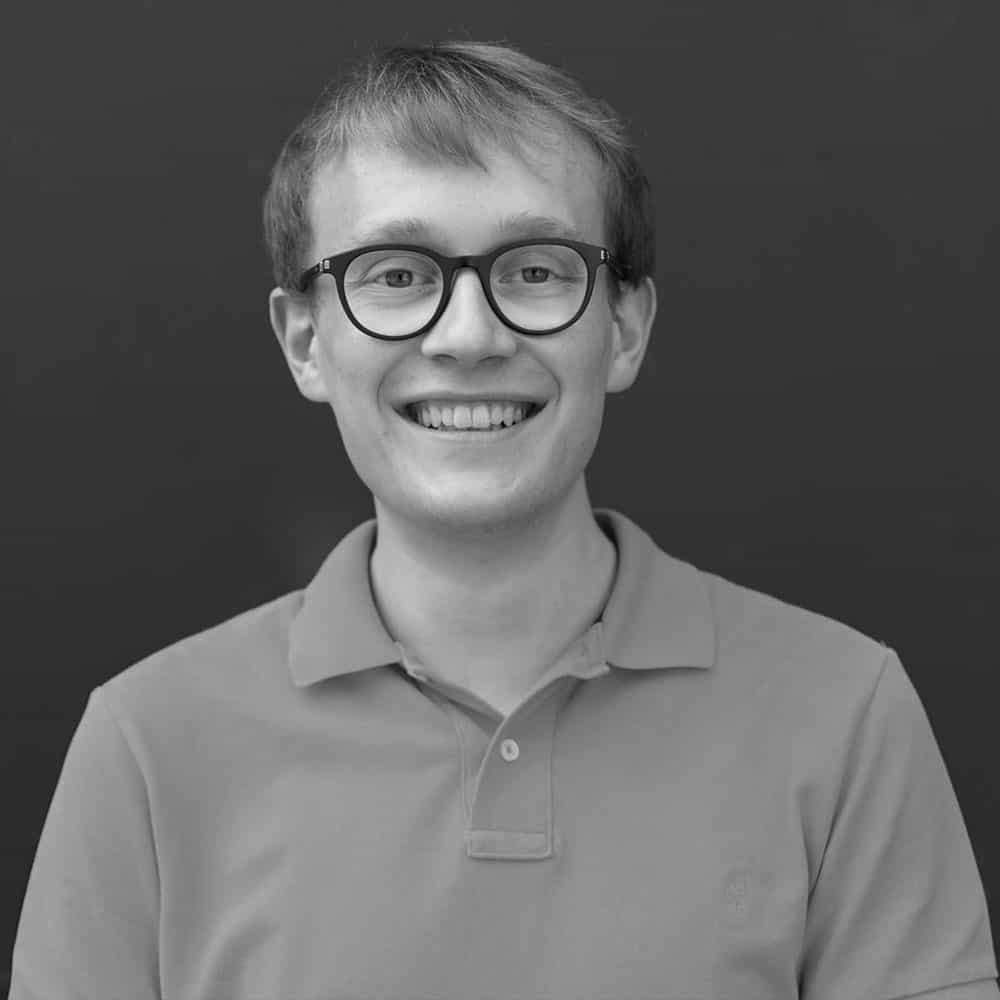Leadership
University
University of Konstanz
Subject
History
Prof. Dr. Johannes C. Bernhardt
Johannes C. Bernhardt has been Professor of History and Media Exhibition Design at the University of Konstanz since 2024. After studying Ancient History, Modern and Contemporary History, and Classical Archaeology at the Albert Ludwigs University Freiburg and the Sorbonne I – Pantheon, as well as a research stay at UC Berkeley, he completed his doctorate in 2011 with the study “The Jewish Revolution. Investigations on the Causes, Course, and Consequences of the Hasmonean Uprising” (De Gruyter/Klio Supplements 2017). After positions at the Universities of Freiburg (2007–10), Mannheim (2010–14), and Bochum (2015–16), he moved in 2017 to the Baden State Museum in Karlsruhe, where he worked on the participatory opening and reorientation of the museum (until 2023). His work focuses on Ancient History and the Hellenistic world, issues of digital transformation and the conception of digital media, as well as approaches of New Museology and innovative exhibition concepts.
Recent publications: From Homer to Solon. Continuity and Change in Archaic Greece (Mithg., Brill/Mnemosyne 2022); Digitalität von A bis Z (Mithg., transcript/Medienwissenschaft 2024); AI in Museums. Reflections, Perspectives and Applications (Mithg. Transcript/Museum 2023).

University
University of Konstanz
Subject
Archaeology
Prof. Dr. Stefan R. Hauser
Prof. Dr. Stefan R. Hauser came to the University of Konstanz at the beginning of 2009 as Professor of Archaeology after studying in Bonn and Berlin and academic positions – among others in Washington (Dumbarton Oaks and National Gallery), New York (Columbia), both USA, and at the University of Halle. Here he shows students, especially in the study programs of History and Cultural Studies of Antiquity, how to work with the diverse forms of material culture as a source for the reconstruction and interpretation of historical structures and events. His publication topics range from the relationship between the living and the dead in Assyria (habilitation thesis) to luxury goods production in Late Antiquity and the archaeology of Eastern Christianity.
Another focus lies in the history of research and perception of “the Orient” in the 19th/20th century (“Orientalism”). At the center of his research, however, is the Arsacid Empire, which extended from Syria to Pakistan in Roman times and whose history he is currently working on monographically. For years, Stefan R. Hauser has led projects dealing with the Syrian oasis city of Palmyra and with present-day Iraqi Hatra and its surroundings. Around Hatra, he also discovered, among other things, the largest now known siege works of antiquity.
For more information about his current projects and publications visit the website of the Chair of Archaeology of Ancient Mediterranean and Near Eastern Culture at the University of Konstanz.

University
HTWG Konstanz
Subject
Architecture and Design
Prof. Eva-Maria Heinrich
Eva-Maria Heinrich studied Media Informatics at Hochschule Harz and subsequently Communication Design at the Berlin Weissensee School of Art. Study abroad semesters took her in 2001 as a scholarship holder of the Carl Duisberg Society to Quito, Ecuador, and in 2004 to the Facultad de Bellas Artes of the Universidad del Pais Vasco in Bilbao, Spain.
Between 2006 and 2013, she worked in Berlin in the cultural sector as a freelance designer, among others for Humboldt University of Berlin, the Stiftung Topographie des Terrors, and Tamschick Media+Space. As Creative Director of Graphics at Atelier Brückner Stuttgart, she designed from 2014 to 2018 the exhibition graphics of internationally award-winning projects such as the Musée Atelier Audemars Piguet in Le Brassus or the permanent exhibition “Archaeology in Switzerland” at the Swiss National Museum – Landesmuseum Zurich.
At the Hochschule für Gestaltung in Schwäbisch Gmünd, she taught between 2017 and 2020 in the study programs Communication Design and “Internet of Things” Typography as well as “Representation/Simulation.” Since 2020, she has been Professor of Communication Design at the Department of Architecture and Design at HTWG Konstanz.
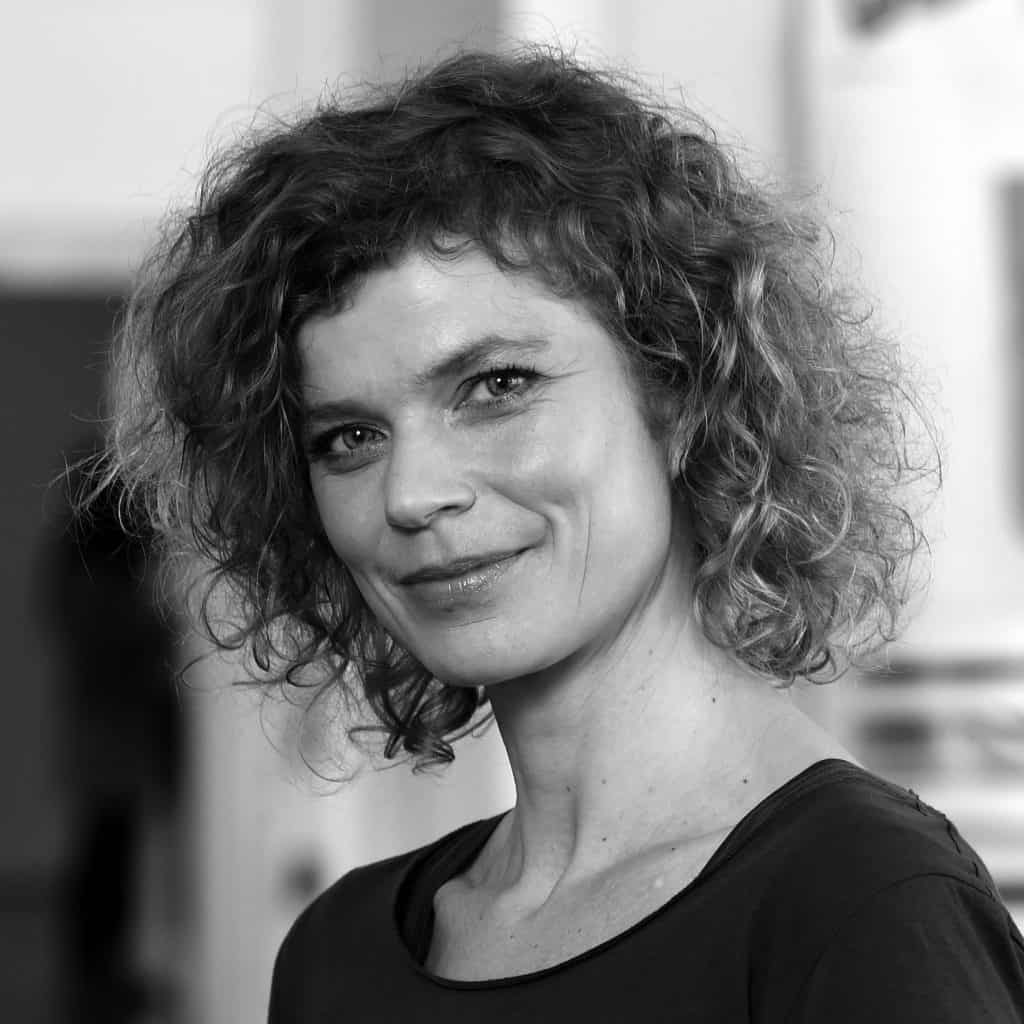
University
University of Konstanz
Subject
Human-Computer Interaction
Prof. Dr. Harald Reiterer
Harald Reiterer studied Computer Science at the University of Vienna. He earned his doctorate in 1991 and completed his habilitation in 1995 at the University of Vienna in the field of Human-Computer Interaction. From 1991 to 1995, he was a visiting researcher at the Institute for Applied Information Technology of the GMD (today Fraunhofer Institute) in St. Augustin/Bonn. Since 1997, he has been Professor of Human-Computer Interaction at the Department of Computer and Information Science at the University of Konstanz. He leads the Human-Computer Interaction research group, which encompasses various research laboratories (Media Room, Interaction Lab, Usability Lab). A focus in research and teaching includes the development and testing of multimodal interaction concepts for mobile computing as well as mixed reality in different application areas, particularly in the context of exhibitions and museums. Further focuses of his research and teaching include Agile UX Design, Usability Engineering, and Information Visualization. For more information on ongoing projects and current publications, visit the website of his research group: hci.uni-konstanz.de
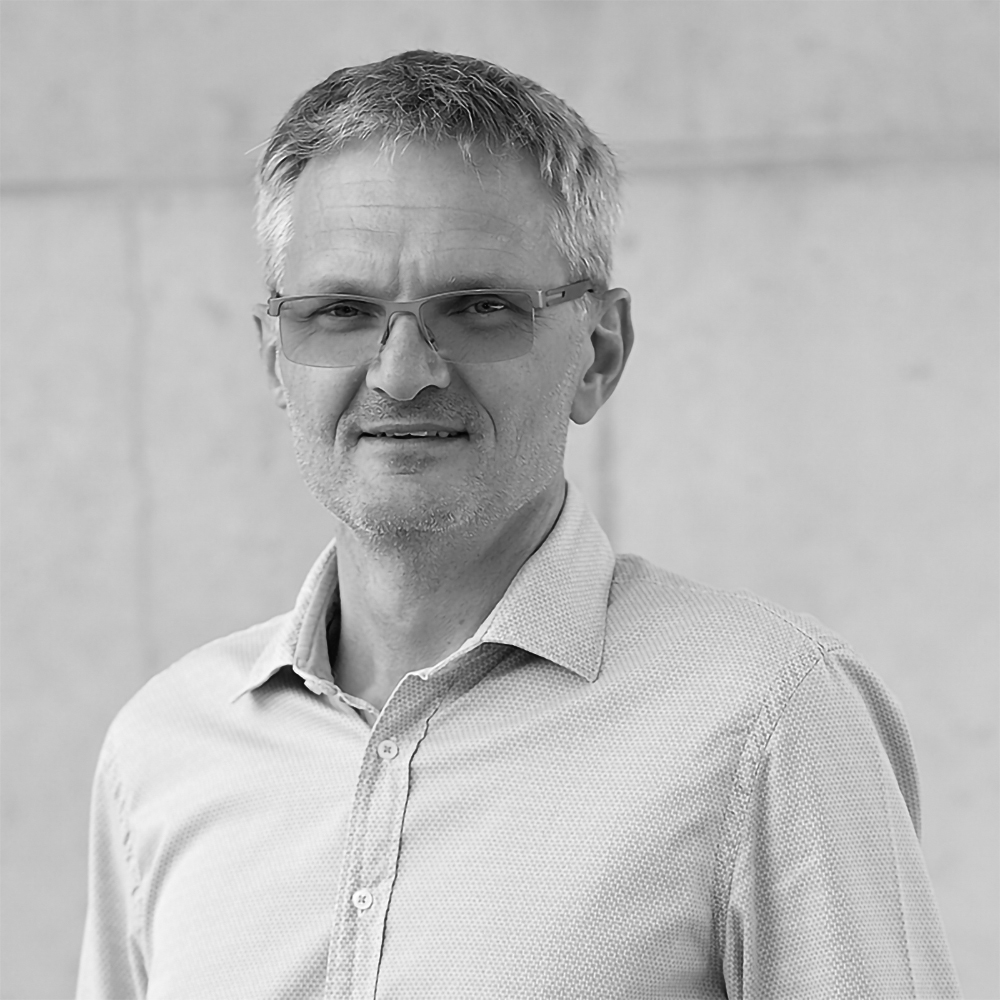
University
HTWG Konstanz
Subject
Architecture and Design
Prof. Eberhard Schlag
Eberhard Schlag studied Architecture at the University of Stuttgart and in the Master’s program at the Illinois Institute of Technology (IIT) in Chicago. He is a partner and member of the management at Atelier Brückner, where he has over 20 years of experience as a responsible project manager in the development and implementation of ambitious, highly complex national and international architecture and exhibition projects. Since 2010, Schlag has taught as Professor of Architecture and Design at the HTWG Konstanz – University of Applied Sciences, where he represents the field of Design and Space.
His projects, including the Cyclebowl at Expo 2000 in Hannover and the BMW Museum in Munich, have been awarded numerous national and international awards.
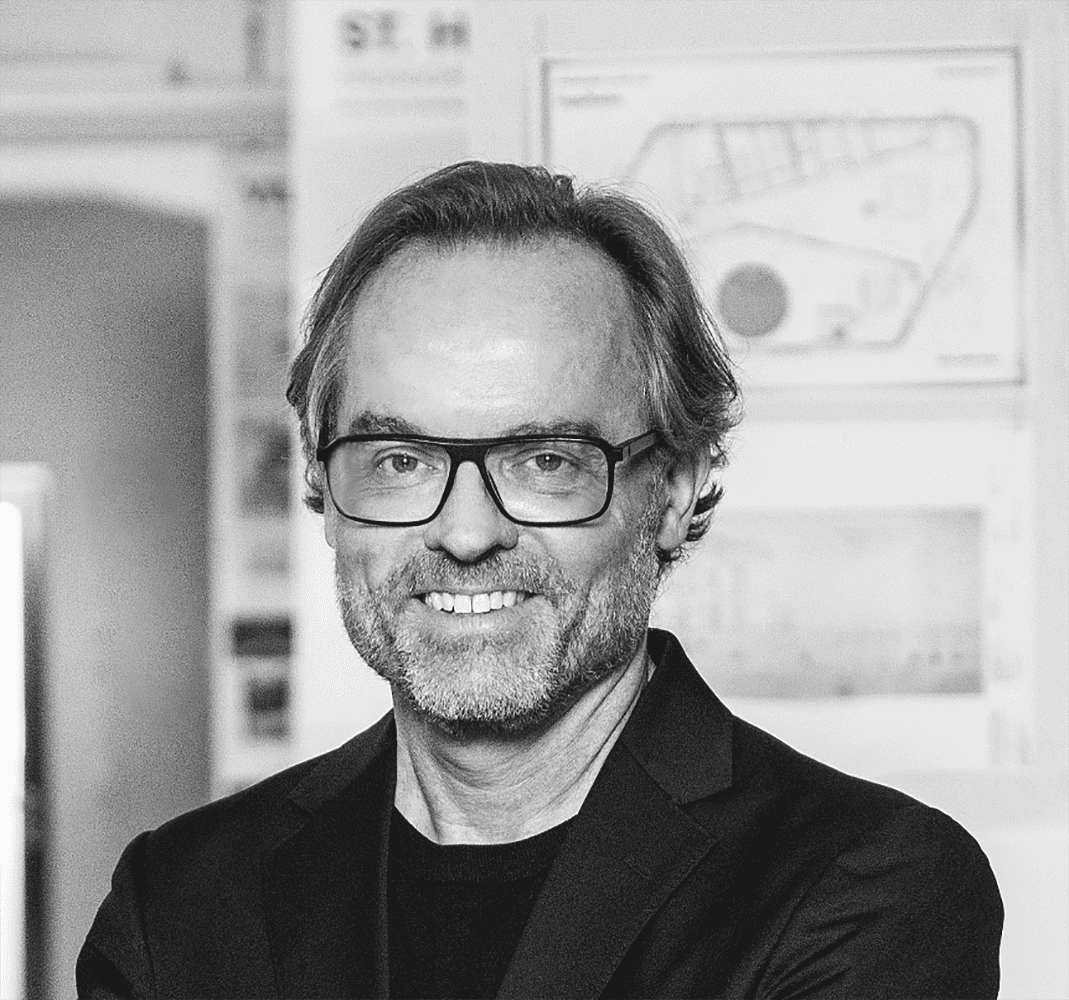
Associates
University
University of Konstanz
Subject
Media History
Dr. Jan Behnstedt-Renn
Jan Behnstedt-Renn studied History, Art and Media Studies, and Sociology at the University of Konstanz and, after academic positions in Weimar and Berlin, has been working as a Lecturer for Media and History at the University of Konstanz since 2015. His teaching focuses on practice-oriented history communication in different media and classical media history, with an emphasis on digitization and digital transformation. As part of the Media Exhibition Design specialization, he was responsible for the content supervision of the exhibition link – to artificial intelligence. As an independent cultural professional and project manager, Behnstedt-Renn realizes audiovisual installations and light art projects in public space, including Illuminations (2016), Costnitz dances (2018), Talking Trees (2019), and LichtSinfonie (2020).
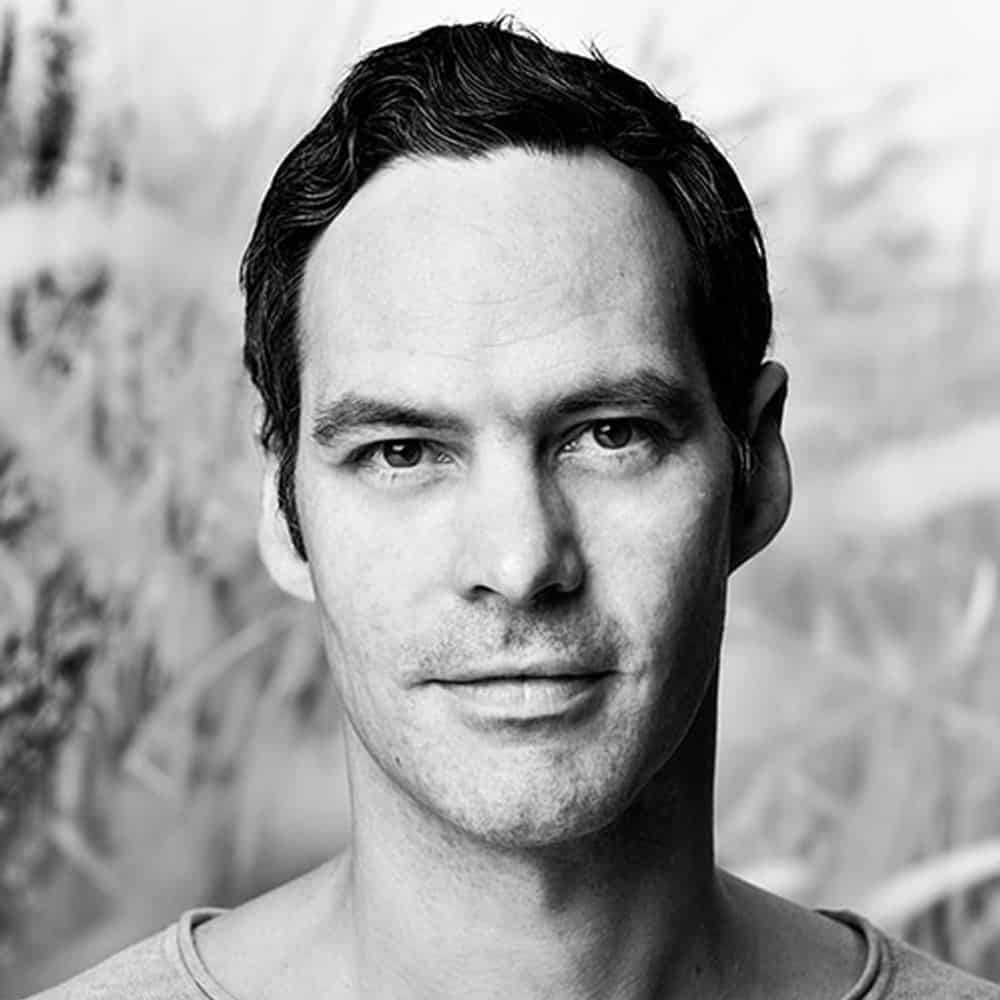
University
University of Konstanz
Subject
Human-Computer Interaction
Daniel Fink
Daniel Fink studied Information Engineering (B.Sc.) and Computer and Information Science (M.Sc.) at the University of Konstanz. Already as a student, he was involved in the conception and implementation of the exhibitions “Rebuild Palmyra?” and “Archaeology in Baden” as part of his master’s studies. Since 2020, he has been a research associate in the Human-Computer Interaction research group of Prof. Dr. Harald Reiterer at the University of Konstanz and participates in the supervision of the MAG courses.
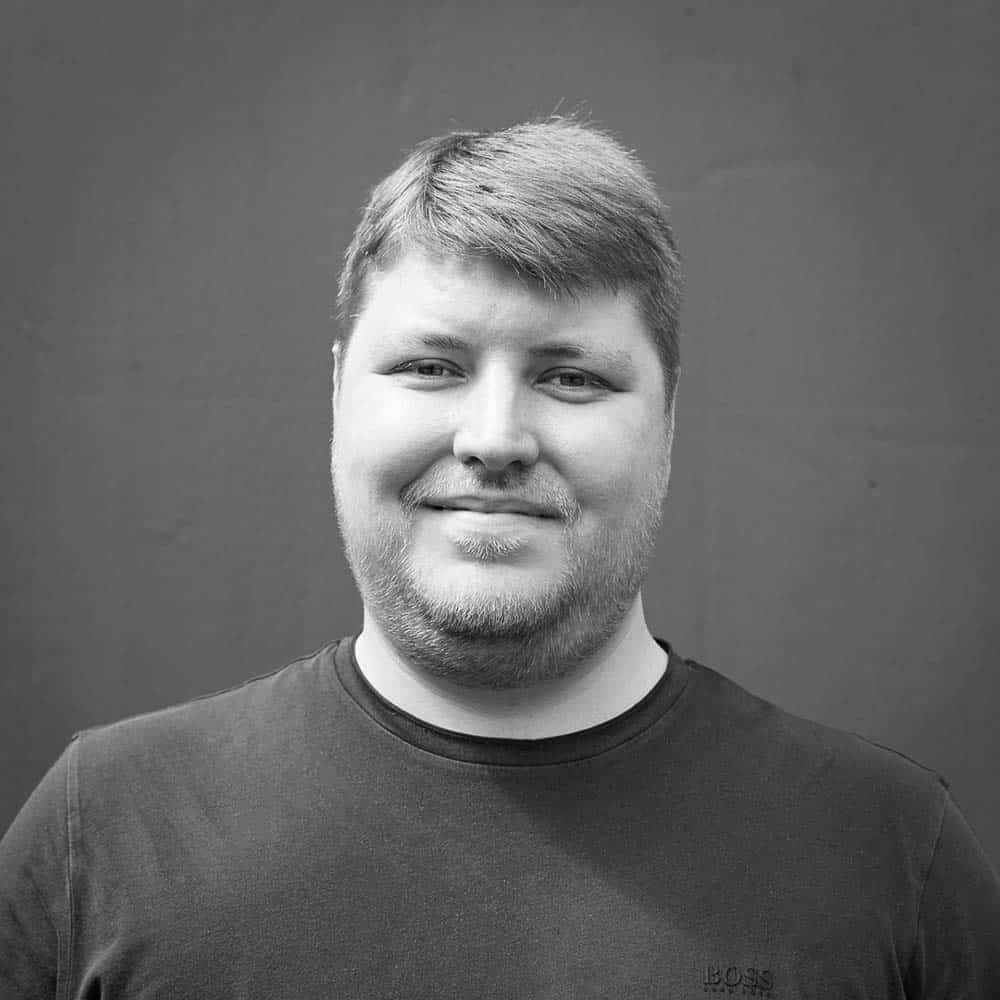
University
Trossingen University of Music
Subject
Music Design
Prof. Florian Käppler
Florian Käppler, born 1969 in Stuttgart, studied Jazz and Popular Music as well as Film Composition at the Berklee College of Music in Boston (USA) and at the state music colleges in Hamburg and Stuttgart. At the Transart Institute, New York, he completed the Master of Fine Arts in New Media (M.F.A.) with distinction. As part of this interdisciplinary master class, he worked on the sound-conceptual research project “Symphony of the Names,” which explores the artistic and technical possibilities of translating language into music.
Many projects that Florian Käppler has designed sonically have been awarded national and international prizes, including the Golden Award of Montreux, gold medals at the New York Film and Video Awards, Cannes Lions, the Adolf Grimme Award, and the Golden Bear at the 2006 Berlinale for Best Feature Film. In 2006, Florian Käppler was inducted into the Art Directors Club Germany (ADC).
At the Art Directors Club, he advocates for the strategic use of sound in brand design and has been a jury member of the ADC Awards, Germany, since 2006. He is also a member of GEMA, the German Composers Association (DKV), the Composer’s Club, the Verband Deutscher Tonmeister (VDT), and the German Society for Music Psychology (DGM).
Since 2012, he has directed the Music Design program at the State University of Music in cooperation with Furtwangen University of Applied Sciences and, as part of his professorship, teaches in the main subject Music Design Laboratory.
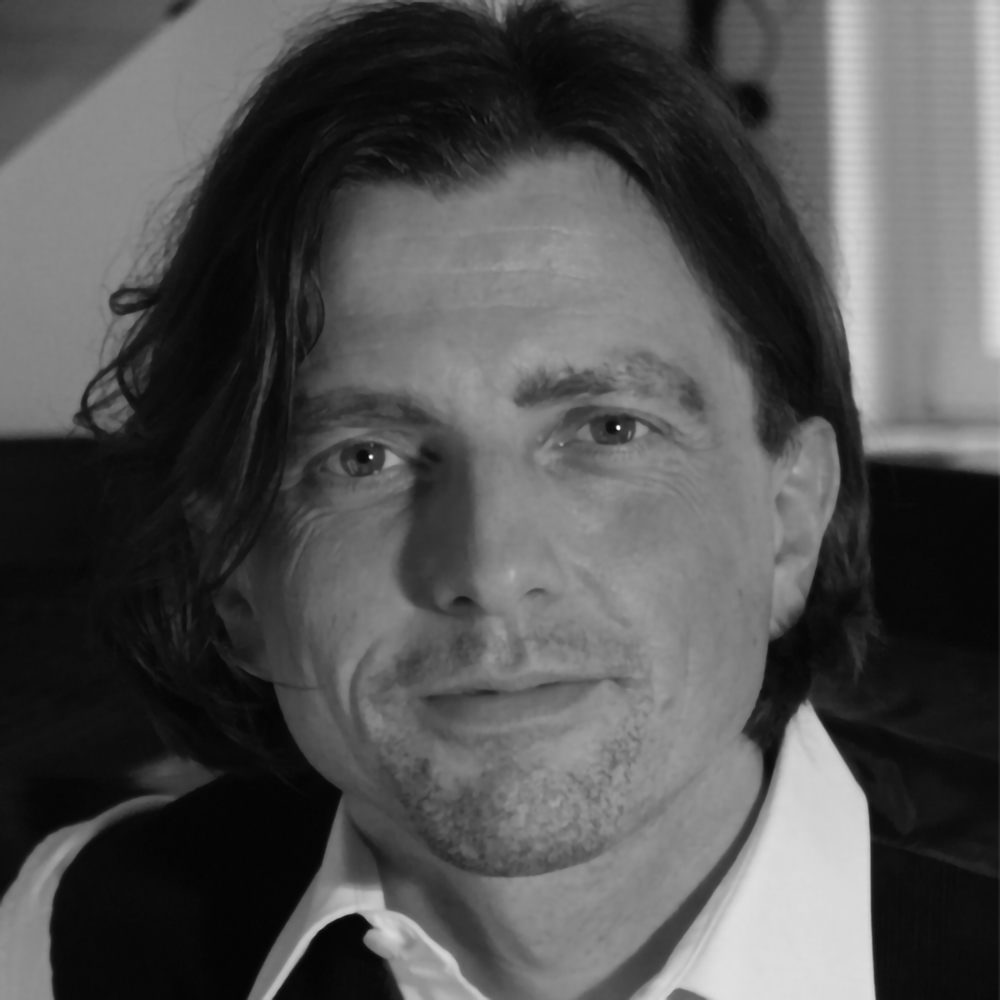
University
University of Konstanz
Subject
Life Science Informatics
Prof. Dr. Falk Schreiber
Falk Schreiber studied Computer Science at the University of Passau, where he subsequently earned his doctorate and habilitation in the field of Bioinformatics. Academic positions took him to the University of Sydney (Australia) and, as head of a research group, to the Leibniz Institute of Plant Genetics and Crop Plant Research in Gatersleben. In 2007, he was appointed Professor of Bioinformatics at Martin Luther University Halle-Wittenberg and as Coordinator of Bioinformatics at IPK Gatersleben. From 2014 to 2016, he was Full Professor at Monash University (Melbourne, Australia), and since 2016, he has been Professor of Computer Science in the Life Sciences at the Department of Computer and Information Science at the University of Konstanz. His research focuses relevant to this study specialization include immersive environments, virtual reality, and interactive visualizations. Further information on research, publications, and projects can be found on the website cls.uni-konstanz.de.
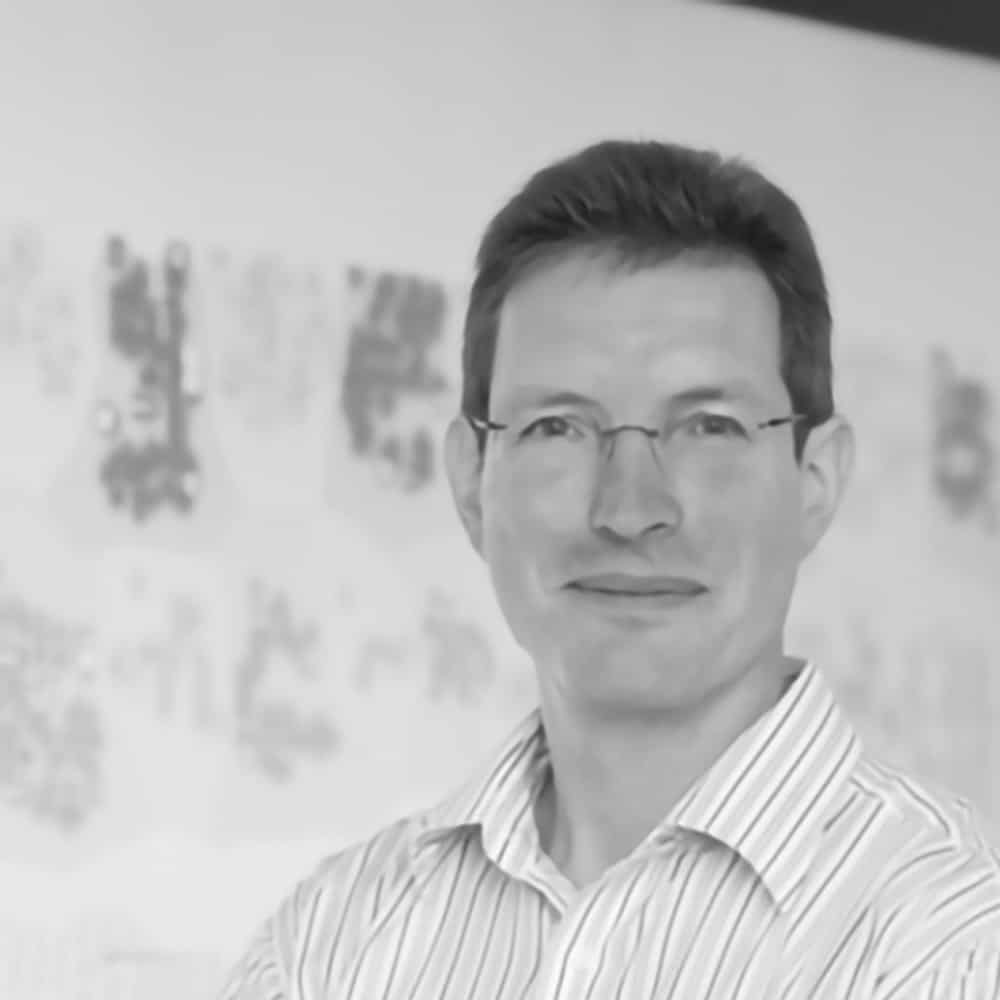
University
University of Konstanz
Subject
Human-Computer Interaction
Jonathan Wieland
Jonathan Wieland is a research associate in the Human-Computer Interaction research group of Prof. Dr. Harald Reiterer at the University of Konstanz. His research focuses on collaborative mixed reality environments. Already as a student, he was involved in the conception and implementation of the exhibitions “Rebuild Palmyra?” and “Archaeology in Baden” in Konstanz. As a research associate, he now contributes to the supervision of the MAG courses.
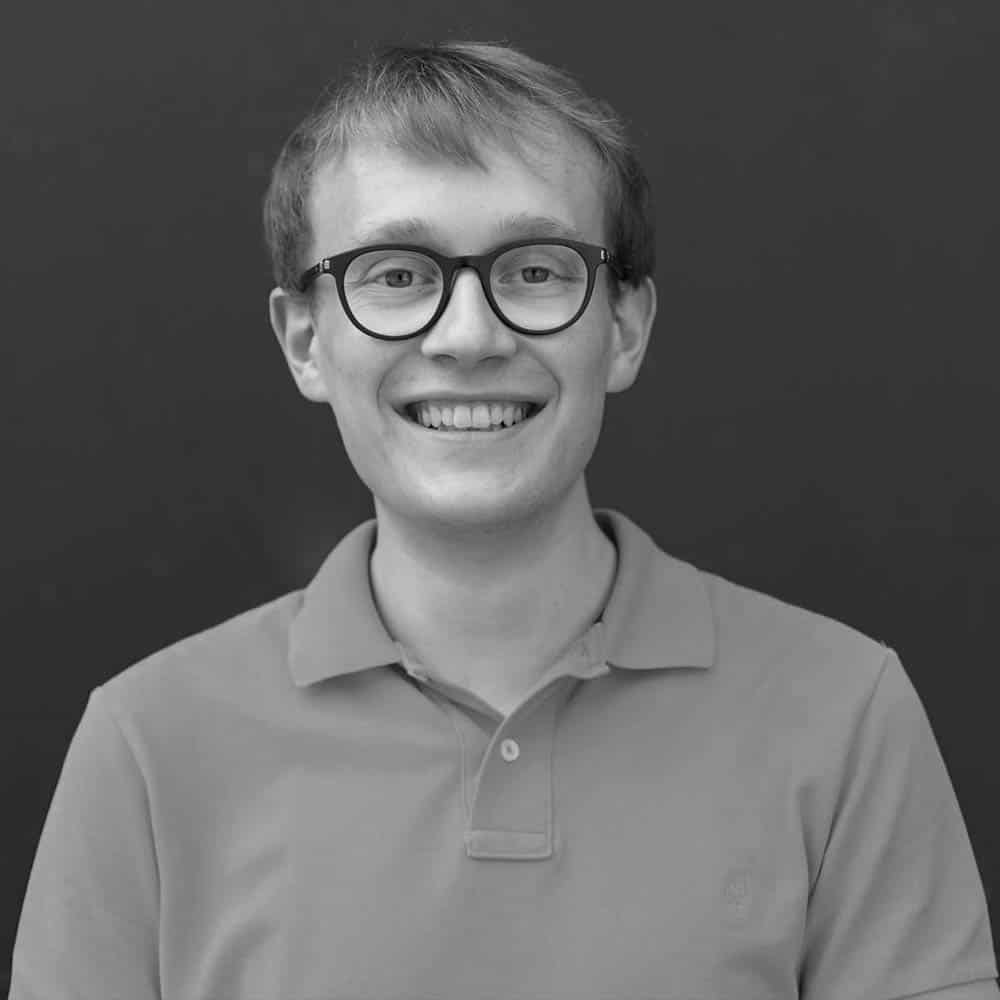
Alumni
University
University of Konstanz
Subject
Archaeology
Dr. Ulf Hailer
Ulf Hailer studied Classical Archaeology and Ancient History at the Eberhard Karls University in Tübingen and at the Edebiyat Fakültesi of the University of Istanbul. As a project associate and leader at the Seminar for Ancient History at the University of Tübingen, he conducted archaeological field research in Greece, Turkey, and Italy, focusing particularly on questions of settlement archaeology, architectural history, and acculturation. Since 2011, he has taught as a lecturer in Classical Archaeology at the University of Konstanz. Since 2017, he has held the university lecturership “Historical Mediation Competence: Exhibiting” there.
University
University of Konstanz
Subject
Human-Computer Interaction
Daniel Klinkhammer
Daniel Klinkhammer was a research associate in the Human-Computer Interaction research group at the University of Konstanz. His research focuses on the design and evaluation of interactive exhibitions. In addition, he is involved in various research projects on user experience design and the support of creative processes.
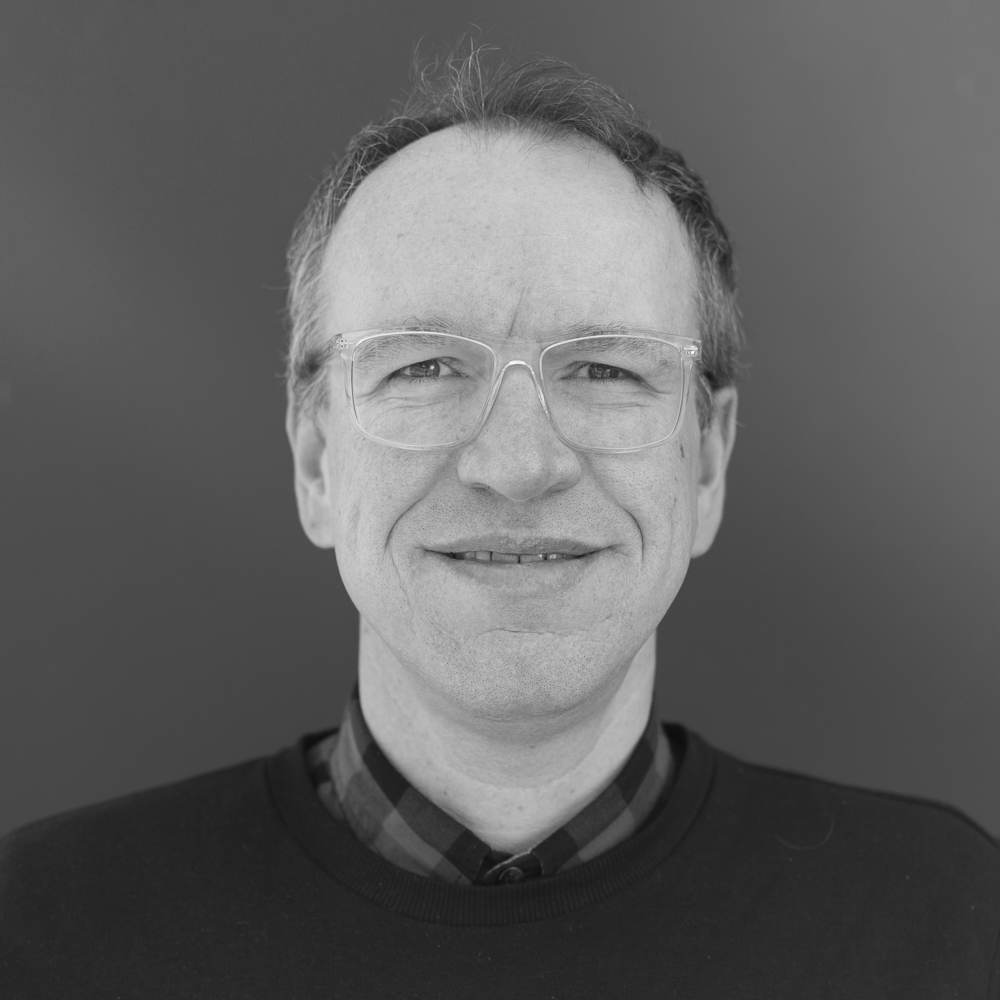
University
University of Konstanz
Subject
Human-Computer Interaction
Moritz Skowronski
Moritz Skowronski studied Computer Science and Information Science at the University of Konstanz and was a student assistant in the Human-Computer Interaction research group of Prof. Dr. Harald Reiterer. His areas of interest are generative design, digital art, and the design of interactive exhibitions.



